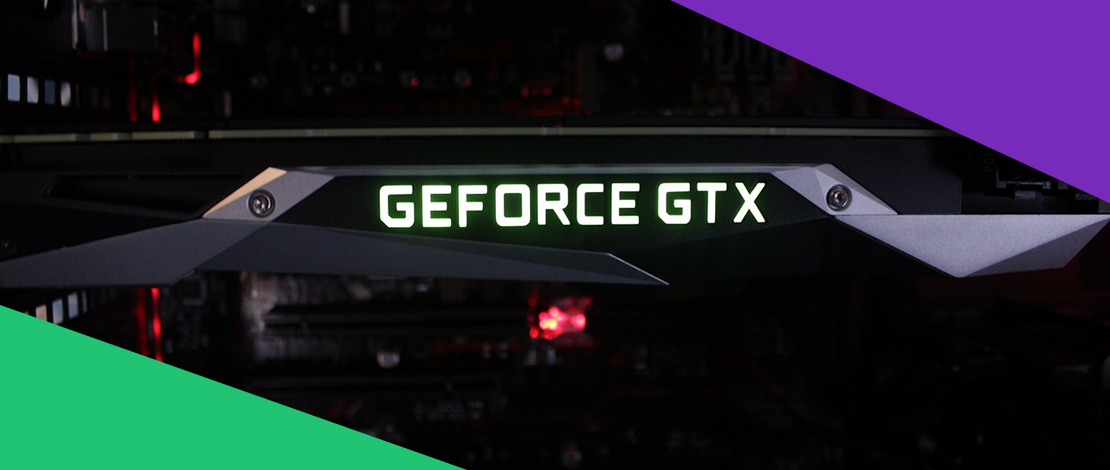Integrated Vs Dedicated Graphics Cards

When buying parts for a gaming PC or deciding on which laptop to buy, the graphics card that you pick is going to be very important. You will often hear about integrated vs dedicated graphics cards. What are they? Here we are going to go over the differences between integrated graphics and dedicated graphics cards.
Integrated Vs Dedicated Graphics Card: What Is The Difference?
Dedicated Graphics Cards
A dedicated graphics card has its own cooling and VRAM (which is the memory of the graphics card). AMD and Nvidia make the dedicated graphics cards that consumers buy today. Dedicated graphics cards perform much better than integrated graphics cards but are much bigger, draw more power, and are more expensive.
A dedicated graphics card is a must if you are interested in running all the latest games at higher resolutions such as 1440p or 4K or want high refresh-rates in competitive titles such as Overwatch or Call of Duty.
If you are upgrading to a dedicated graphics card then most likely you will also need a better, higher-capacity power supply to provide ample power to the dedicated graphics card.
Another important difference worth pointing out is that a dedicated graphics card can be swapped down the line for something better. In two to three years when you feel your dedicated graphics card is not up to par anymore, you can buy a better one and install it. That is not possible if you have a laptop with integrated graphics. In that case, you will need to buy a new laptop.
For non-gaming applications, a dedicated graphics card can be used for 3D rendering applications, video editing, and picture editing software like Adobe Premier and Photoshop.
Integrated Graphics
Integrated graphics cards are the opposite of a dedicated graphics card. This type of graphics solution is built right into the CPU. A system with integrated graphics does not need dedicated graphics in order to produce an image output.
Integrated graphics cards do not have their own VRAM. They depend on the RAM of the system. This means that if you have 8GB of RAM in your system then a part of it is going to be used by the integrated graphics. The CPU is going to share the RAM as well. AMD’s APUs are a perfect example of CPUs with integrated graphics.
As the integrated graphics card shares resources with the CPU, it cannot handle 3D rending applications. You might get away with some light picture editing but nothing too graphics intensive.
Discrete Graphics Cards
These are dedicated graphics cards for laptops. These are almost on par with the dedicated graphics cards but the amount of power they consume is limited and so is their output. An RTX 2060 desktop graphics card for example would perform better than an RTX 2060 Max-Q that would come installed in a laptop.
Integrated Vs Dedicated GPU: Which Should You Choose?
In general, a dedicated graphics card is always going to perform better than an integrated one. You can get away with some form of gaming on modern integrated graphics but if you are looking for the best performance then you should opt for a dedicated graphics card.
There are some advantages to using integrated graphics. Integrated graphics use much less power. If you are a laptop user and want long battery life and the games you play are not all that demanding then you might be better off with an integrated graphics solution rather than a dedicated graphics card.
Esports titles for example run pretty well on integrated graphics. Especially the AMD Ryzen mobile APUs. AMD has come a long way and the performance of its laptop graphics solutions is much better than you might imagine.
Which one you should pick depends on what you are going to use it for. If you want the best gaming performance or are looking to run 3D rending applications then you are going to need a dedicated graphics card.
On the other can, if you are just going to watch content on YouTube or are interested in some light word processing then you are not going to need a dedicated graphics card and you would be better off with integrated graphics instead.
These are the major differences between integrated and dedicated graphics cards and which of the two options you should pick.